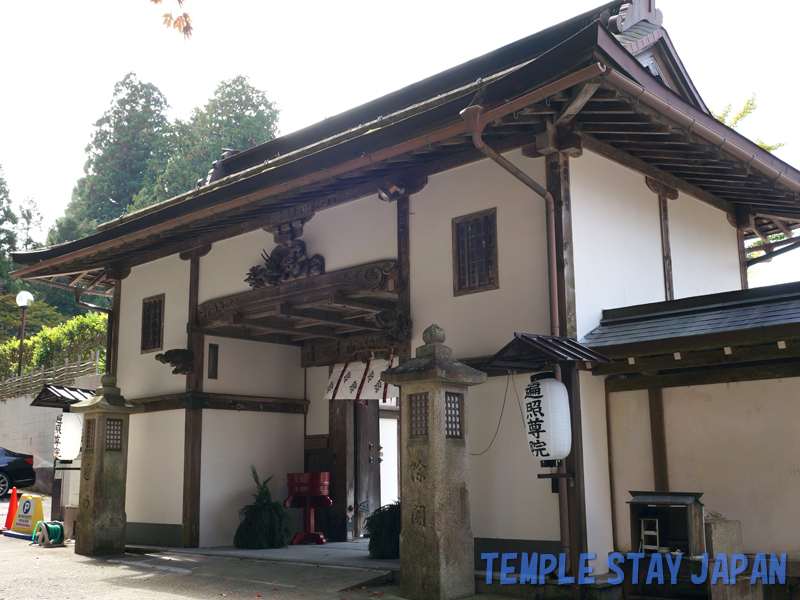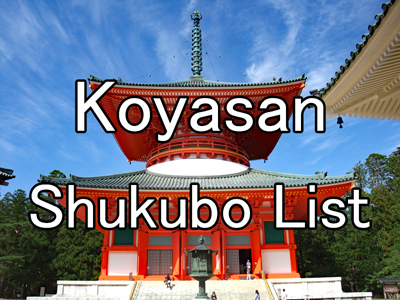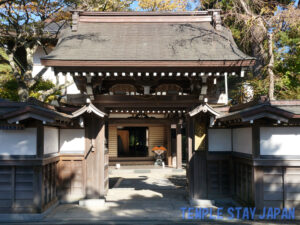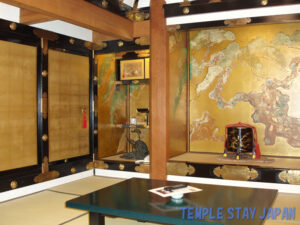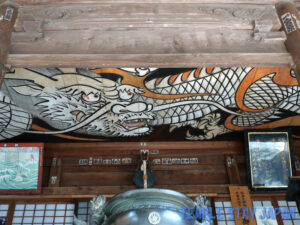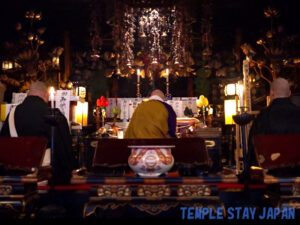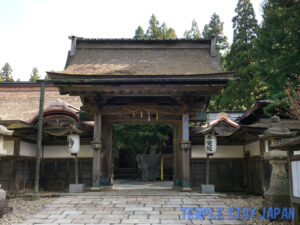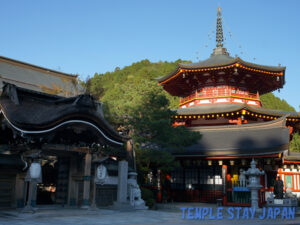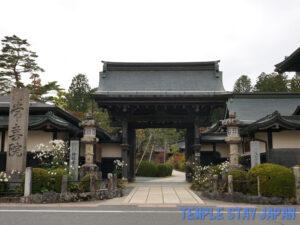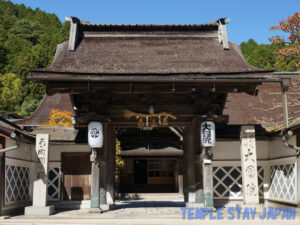Henjosonin
TEL : 0736-56-2434Address : 303 Koyasan, Koya, Ito District, WakayamaAccess : (cable) > “Koyasan” > (bus) > “Senjyuin-bashi bus stop” > 10 minutes walkParking : There is a parking lotTime : Check-in 15:00 Check-out 10:00Room : 37 guest room ,max 190 people
Shukubo (temple stay)
I stayed there in August. Henjosonin is a temple located beside Reiho-kan and in front of the lotus pond of Garan.
People traveling alone can stay there, while they also accommodate large groups of guests, so they have a tremendous number of rooms. The inside of the building is like a labyrinth. I saw an elderly person who was lost in the building. The room I stayed in was not very large, but was satisfactory. In the room, there was a TV set, a safe, a yukata robe, a toothbrush and a mini towel.
You can experience shakyo (copying sutra by hand) and ajikan (a meditation method of Shingon esoteric Buddhism), but you should make a reservation in advance as they seem to prepare for it. (I did not do it because it was not free.)
Japanese cypress bath
The baths are really the best, including a Japanese cypress bath that is said to be the largest on Mount Koya and an herb bath that can accommodate only two to three people. The herb bath is called the Darani Bath, and you can take this bath even if you are on a day trip. The restrooms are clean. The only shortcoming was the thin walls.
Shojin vegetarian cuisineThey naturally serve shojin vegetarian cuisine. In the beginning, a young priest explains about the meal and Hannya-yu (They refer to sake in this way, while beer is called Mugi-Hannya. This might be the name of a sutra.) A group of guests from Shikoku became very excited and noisy. So I silently cheered up the priest who was trying to speak in a loud voice to make himself heard. The cooked rice tasted very good, so I asked for another bowl.
The photo below is vegetarian cuisine for lunch.
Inside the temple
They worship Dainichi-Nyorai as the principal image. They have rooms and altars for shakyo (copying sutra by hand), ancestral tablets and mass for unborn babies.
I participated in the morning service and listened to the sermon of the head priest, followed by osunafumi (stepping on sand). By stepping on the sand, you are supposed to worship at 188 sacred places, including the 88 places in Shikoku and the 100 Kannon sacred places in Saigoku, Bando and Chichibu. You can do this for free. As I was with people in a tour group, the Goma prayer took a long time and I became very hungry.
There is a souvenir shop and a coffee shop in the shukubo building.
